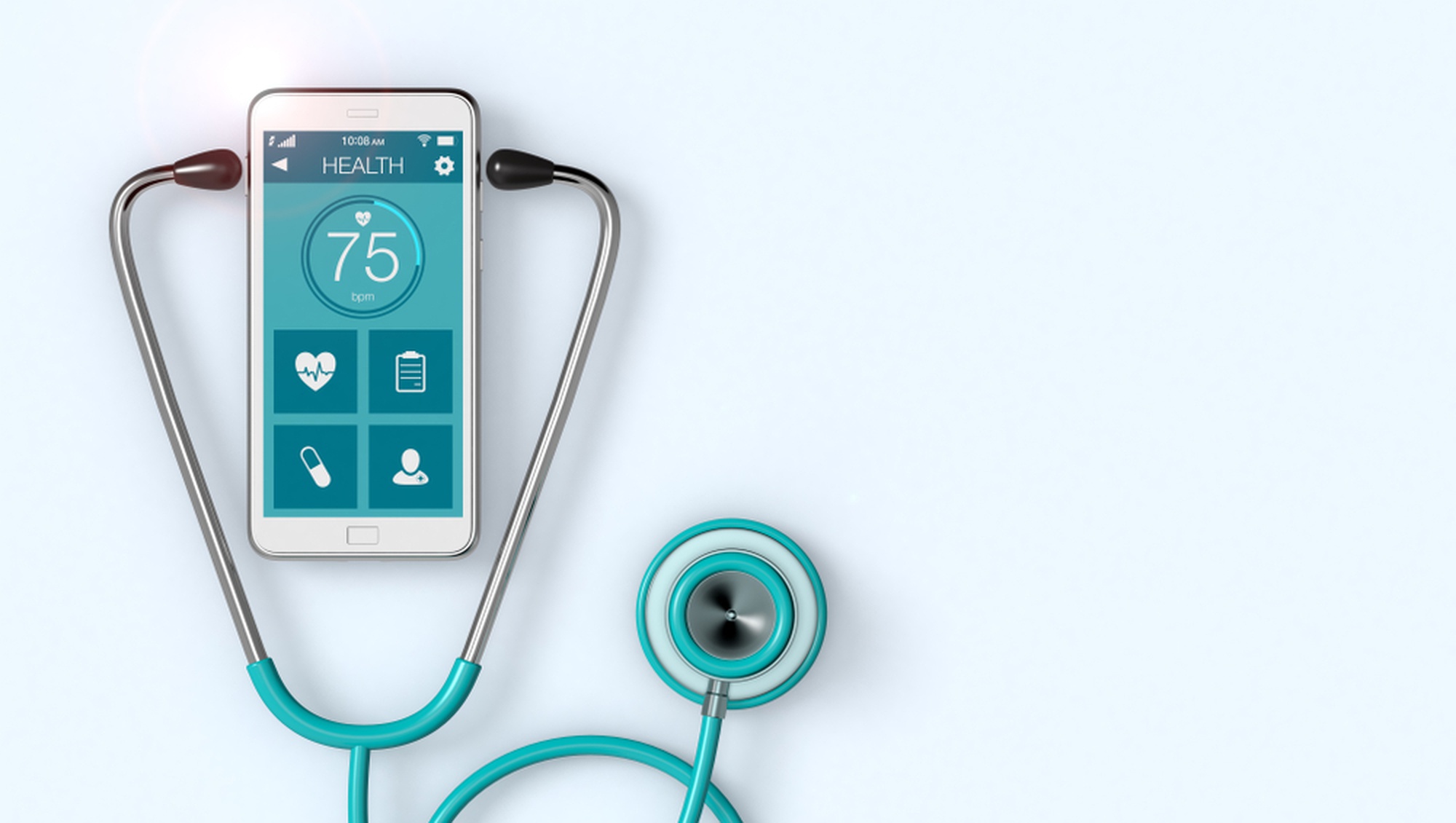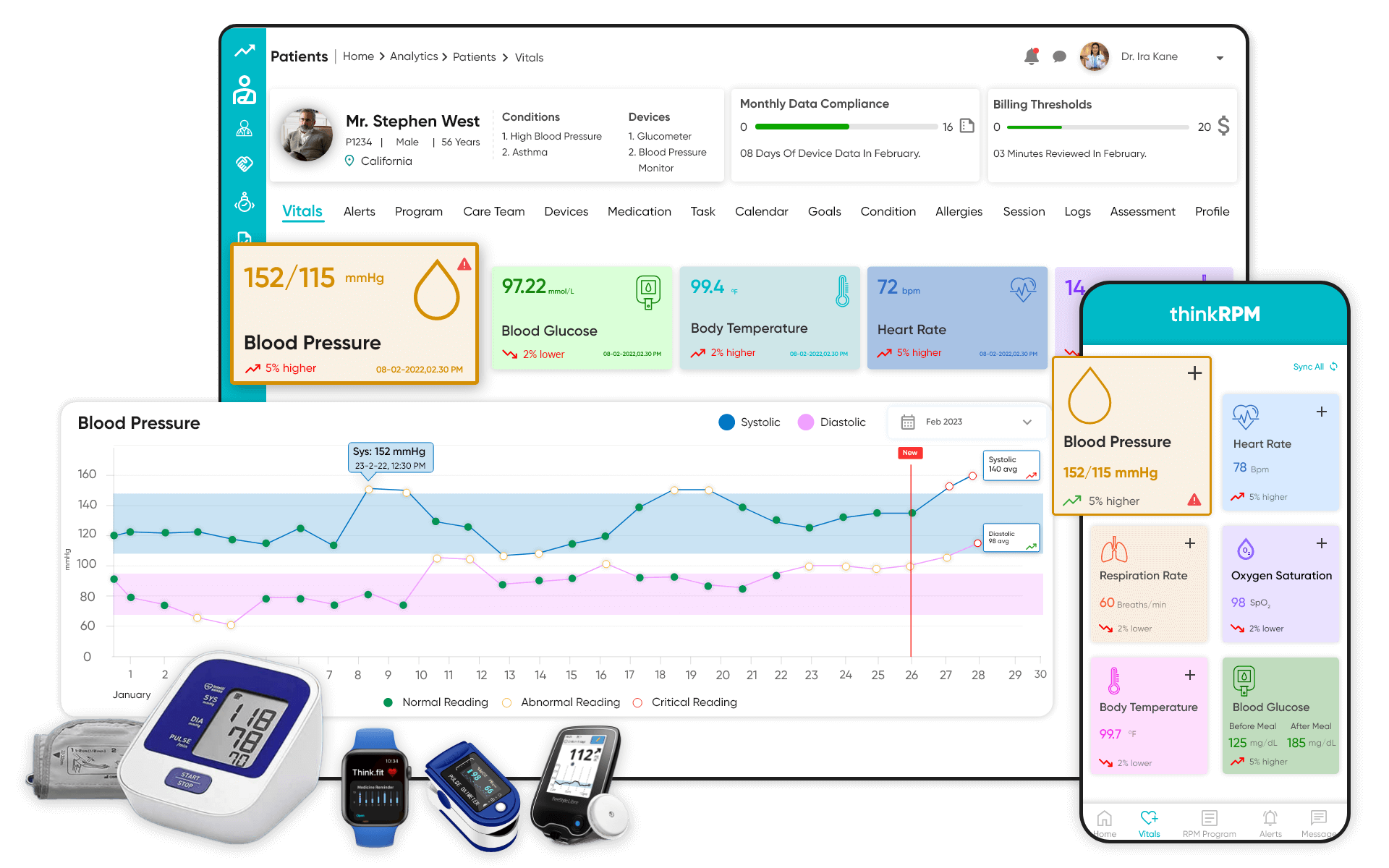User-Friendly Software for Remote Patient Monitoring: Easy Combination and Use
User-Friendly Software for Remote Patient Monitoring: Easy Combination and Use
Blog Article
The Future of Medical Care: Remote Patient Checking Streamlined
As health care remains to develop, one area that holds tremendous promise is remote patient tracking. The idea of streamlining this procedure with technological developments is reshaping the method care is provided and gotten. With a concentrate on enhancing individual end results and simplifying healthcare delivery, remote monitoring is positioned to change the market. By discovering the advantages, technological technologies, and future trends in this area, we can gain beneficial understandings into the transformative potential of remote client monitoring.
Advantages of Remote Person Tracking
Remote patient monitoring offers a wide range of advantages for both medical care companies and clients alike. In addition, remote patient surveillance enhances the overall top quality of care by providing an extra comprehensive and holistic sight of patients' health and wellness standing beyond conventional in-person gos to.
Furthermore, remote individual monitoring can cause enhanced individual results and complete satisfaction. Individuals can take pleasure in the convenience of receiving care in the convenience of their own homes while still recognizing that their health and wellness is being closely kept track of. This can cause increased patient interaction and adherence to treatment strategies, ultimately leading to better health and wellness outcomes. Furthermore, remote tracking can lower the requirement for constant healthcare facility visits, lowering health care expenses for both clients and companies. Overall, the benefits of remote individual surveillance are clear, making it an important device in modern-day health care shipment.
Technology Driving Remote Surveillance
In the world of contemporary health care, technological advancements play a critical function in driving the advancement and performance of remote individual monitoring. The integration of innovative modern technologies such as wearable devices, mobile applications, and cloud-based systems has actually changed the means doctor from another location handle and keep track of individual wellness - software for remote patient monitoring. These innovations enable continual real-time monitoring of essential indications, medication adherence, and other essential wellness information, permitting timely treatments and customized treatment plans
One trick modern technology driving remote monitoring is the Web of Points (IoT), which makes it possible for smooth connectivity in between medical devices and medical care systems. IoT tools such as smartwatches and cordless sensing units send and gather individual data to central platforms, assisting in remote surveillance from throughout the globe. Artificial intelligence (AI) and equipment understanding formulas even more enhance remote monitoring by assessing substantial quantities of patient information to detect patterns, predict health fads, and sharp doctor to potential problems.
Influence On Medical Care Distribution
With the integration of innovative modern technologies driving remote individual monitoring, the effect on healthcare distribution is becoming increasingly extensive and transformative. Remote patient monitoring permits medical care suppliers to offer even more personalized and aggressive treatment to clients, resulting in boosted wellness results and reduced hospital admissions. By from another location tracking important signs, signs and symptoms, and medication adherence, healthcare specialists can step in early, preventing difficulties and improving the overall high quality of care.
In addition, remote tracking boosts access to healthcare solutions, particularly for people in rural or underserved areas. Individuals can receive continual monitoring and assistance from their homes, eliminating the requirement for constant in-person sees. This not only conserves time and reduces expenses for both patients and health care centers but additionally reduces the danger of exposure to contagious conditions, an important factor to consider in the current medical care landscape.
Additionally, remote individual surveillance allows medical care service providers to far better prioritize and assign sources care based on news real-time data. By recognizing high-risk individuals and interfering promptly, health care distribution becomes much more efficient and efficient, inevitably causing a much more lasting and patient-centered health care system.
Improving Patient Outcomes

Additionally, RPM permits positive administration of chronic conditions, reducing the likelihood of intense worsenings and hospital readmissions. People take advantage of boosted comfort and comfort, as they can receive treatment in their very own homes while staying connected to their medical care carriers. This constant tracking not only boosts individual fulfillment however also cultivates a sense of empowerment and engagement in their very own health and wellness management.
Future Trends in Remote Surveillance
Embracing advanced modern technologies in remote patient tracking is forming the future landscape of healthcare shipment. One substantial trend is the boosted usage of wearable devices and sensors to gather real-time information, enabling health care suppliers to monitor clients constantly without the demand for frequent in-person gos to.

Moreover, telehealth systems are becoming much more innovative, permitting online examinations, remote medical diagnosis, and remote patient keeping an eye on done in one incorporated system (software for remote patient monitoring). This alternative technique to Read More Here remote surveillance is streamlining healthcare delivery, enhancing client contentment, and inevitably, enhancing overall high quality of care
Conclusion
In final thought, remote client surveillance provides various advantages in health care distribution, driven by innovations in technology. It has the prospective to enhance patient results and revolutionize the way healthcare is delivered. Future fads in remote surveillance will certainly remain to shape the landscape of healthcare, providing possibilities for even more individualized and effective person treatment.
Remote individual monitoring presents a plethora of advantages for both health care companies and patients alike. In addition, remote person tracking enhances the see it here total high quality of care by giving a much more extensive and holistic sight of individuals' health standing beyond traditional in-person sees.
Additionally, remote patient surveillance can lead to improved person outcomes and contentment. Remote individual monitoring enables healthcare suppliers to offer even more customized and aggressive care to individuals, leading to improved health and wellness end results and decreased health center admissions. Remote client surveillance (RPM) plays a significant function in improving client end results by providing constant, real-time information that enables health care carriers to intervene immediately and readjust treatment plans as needed.
Report this page